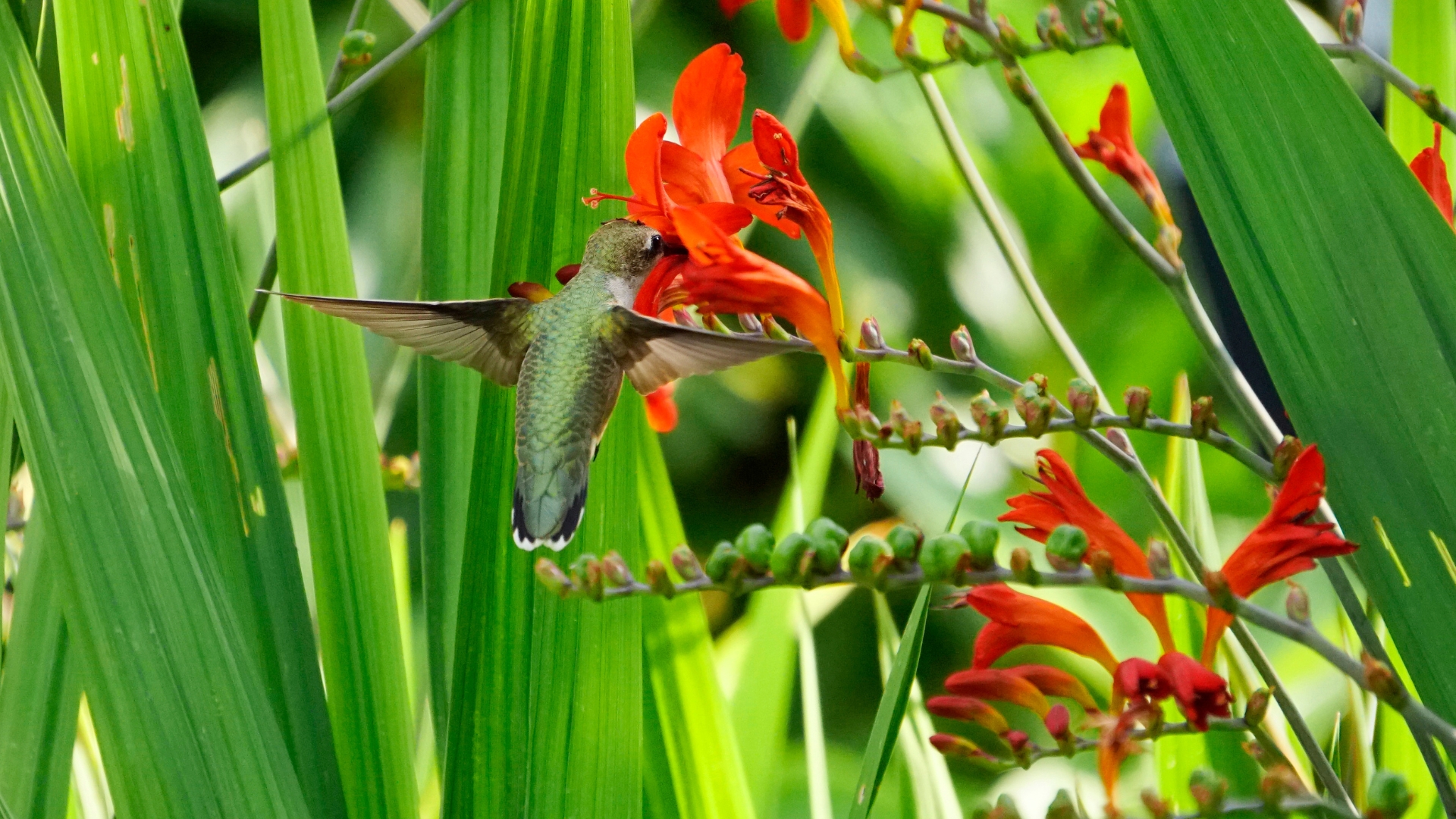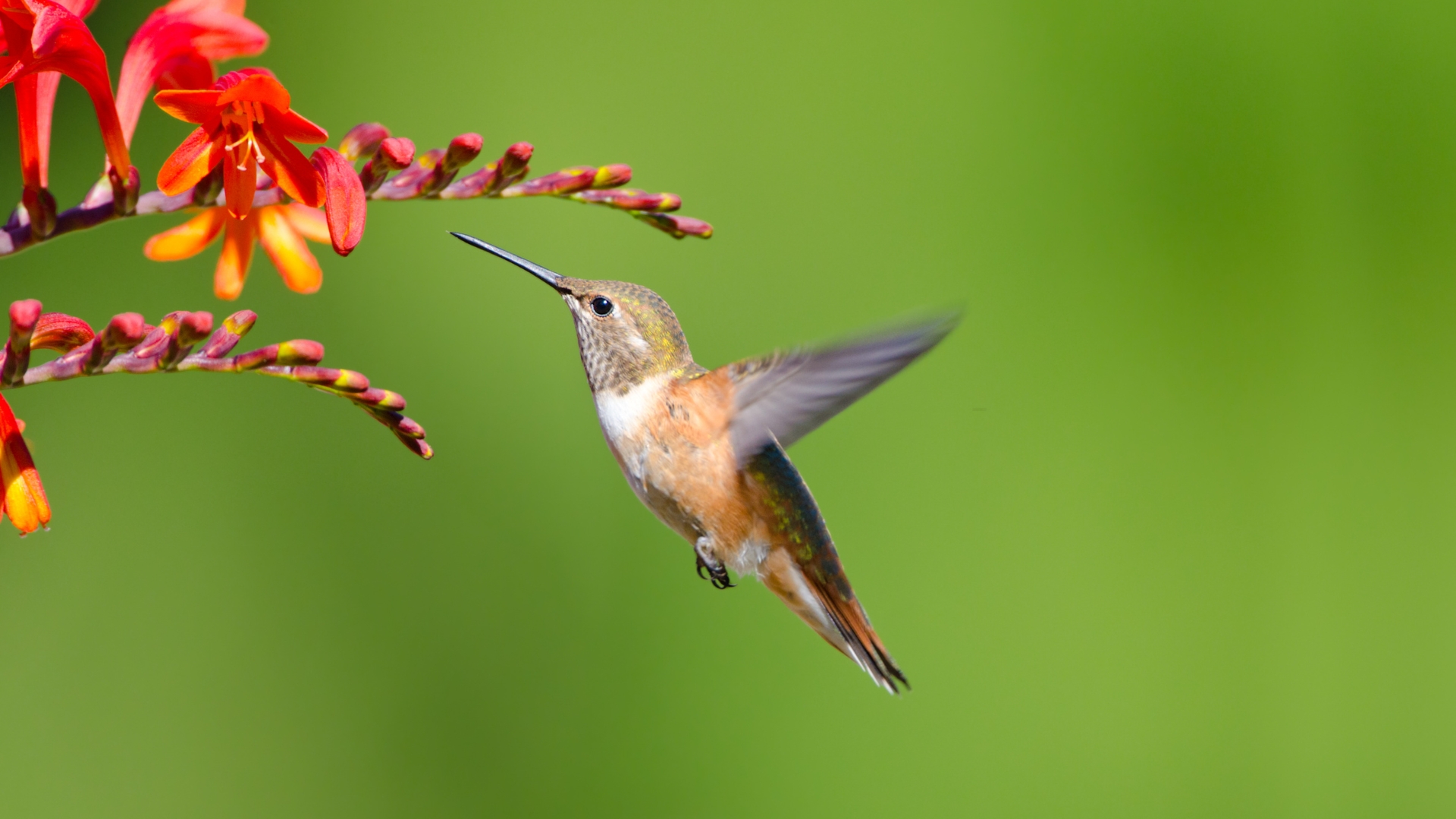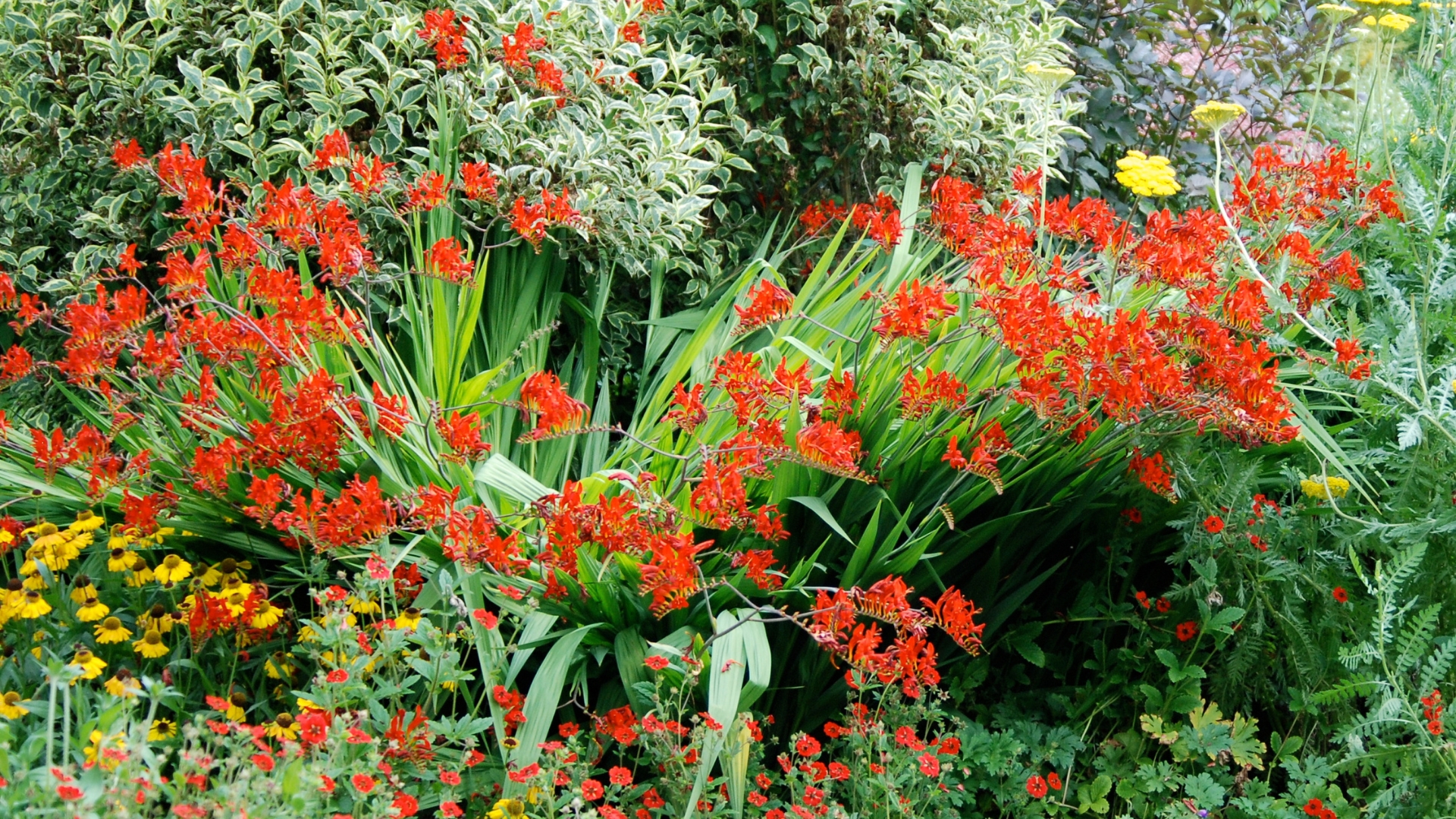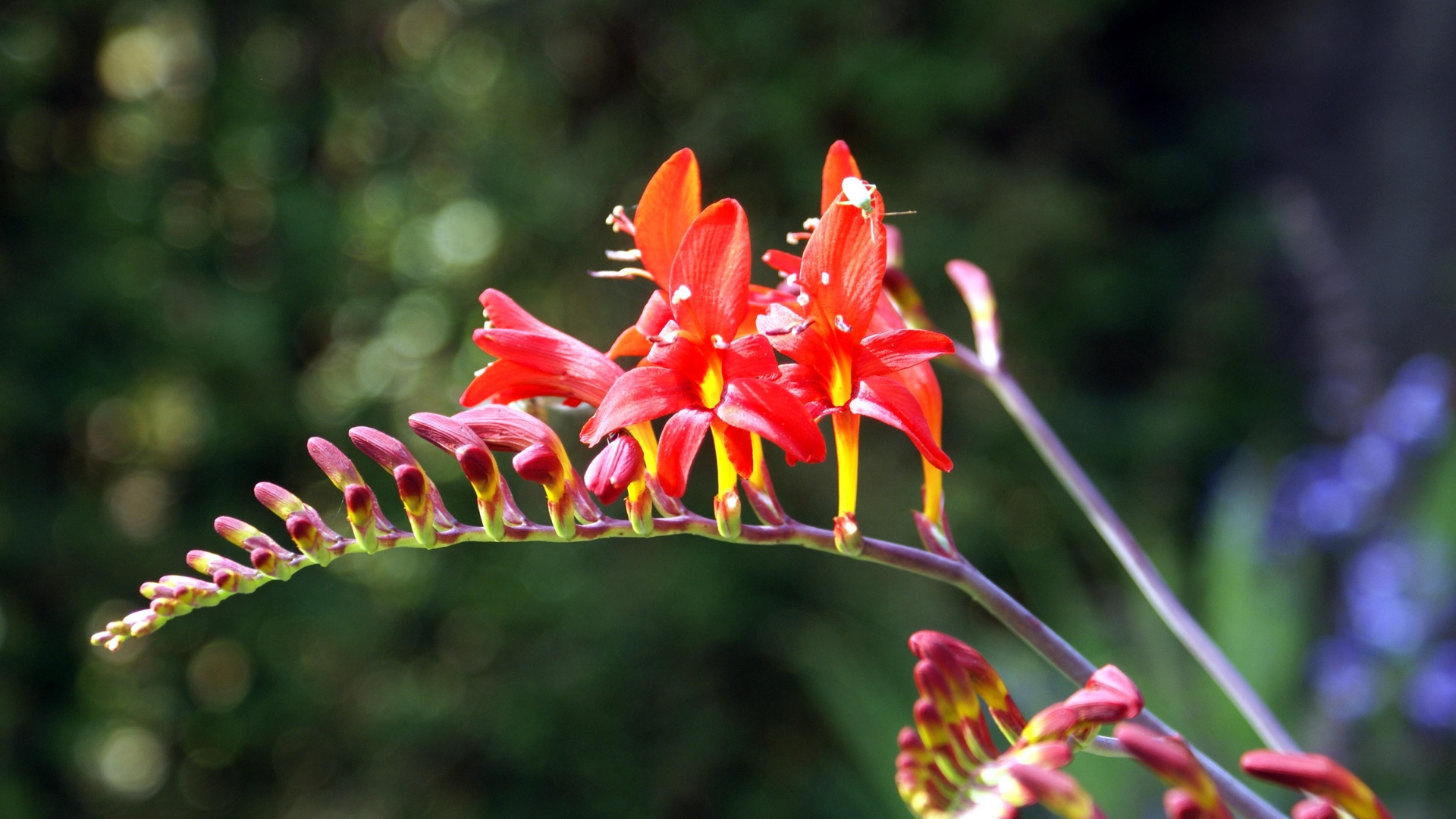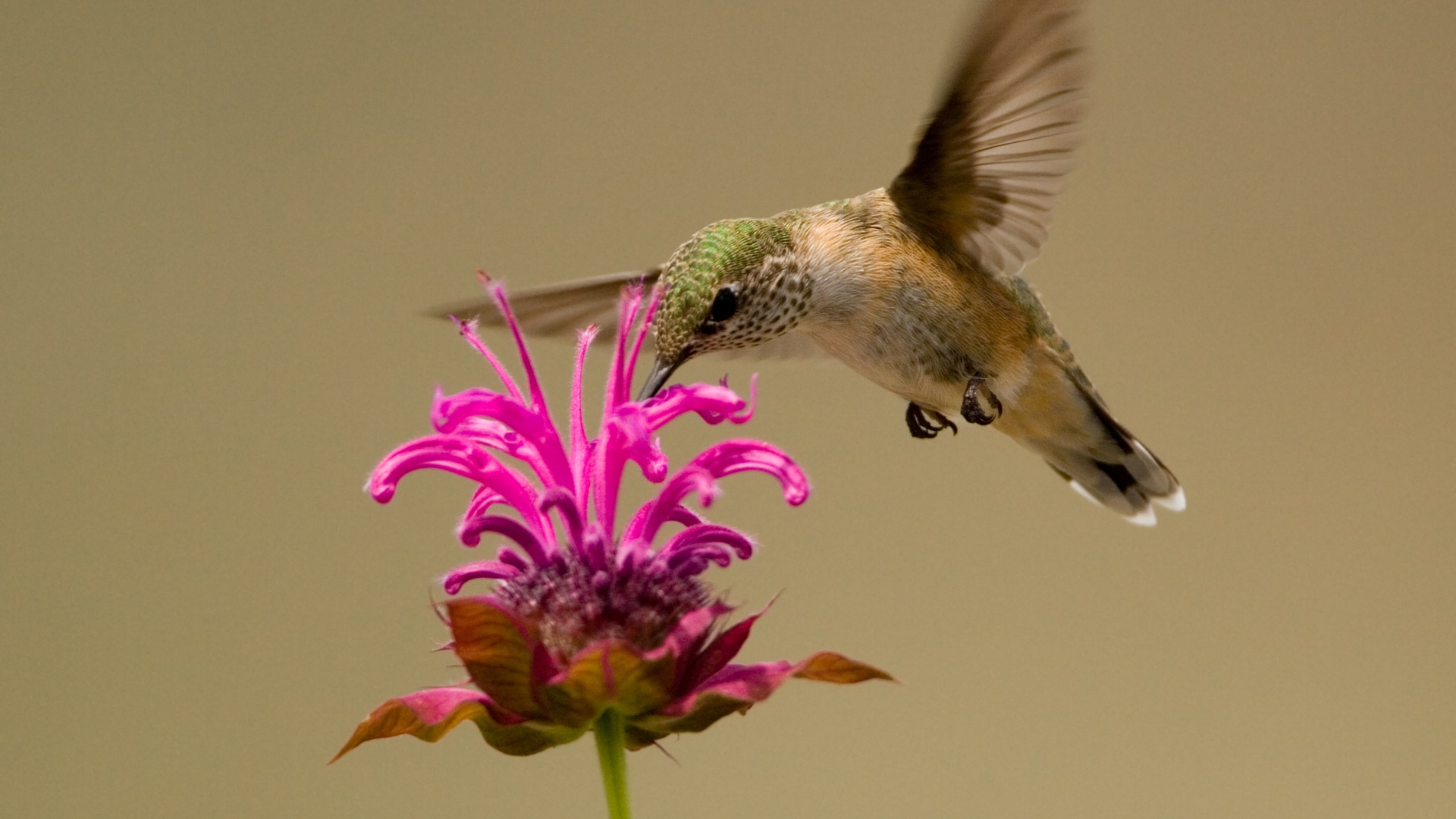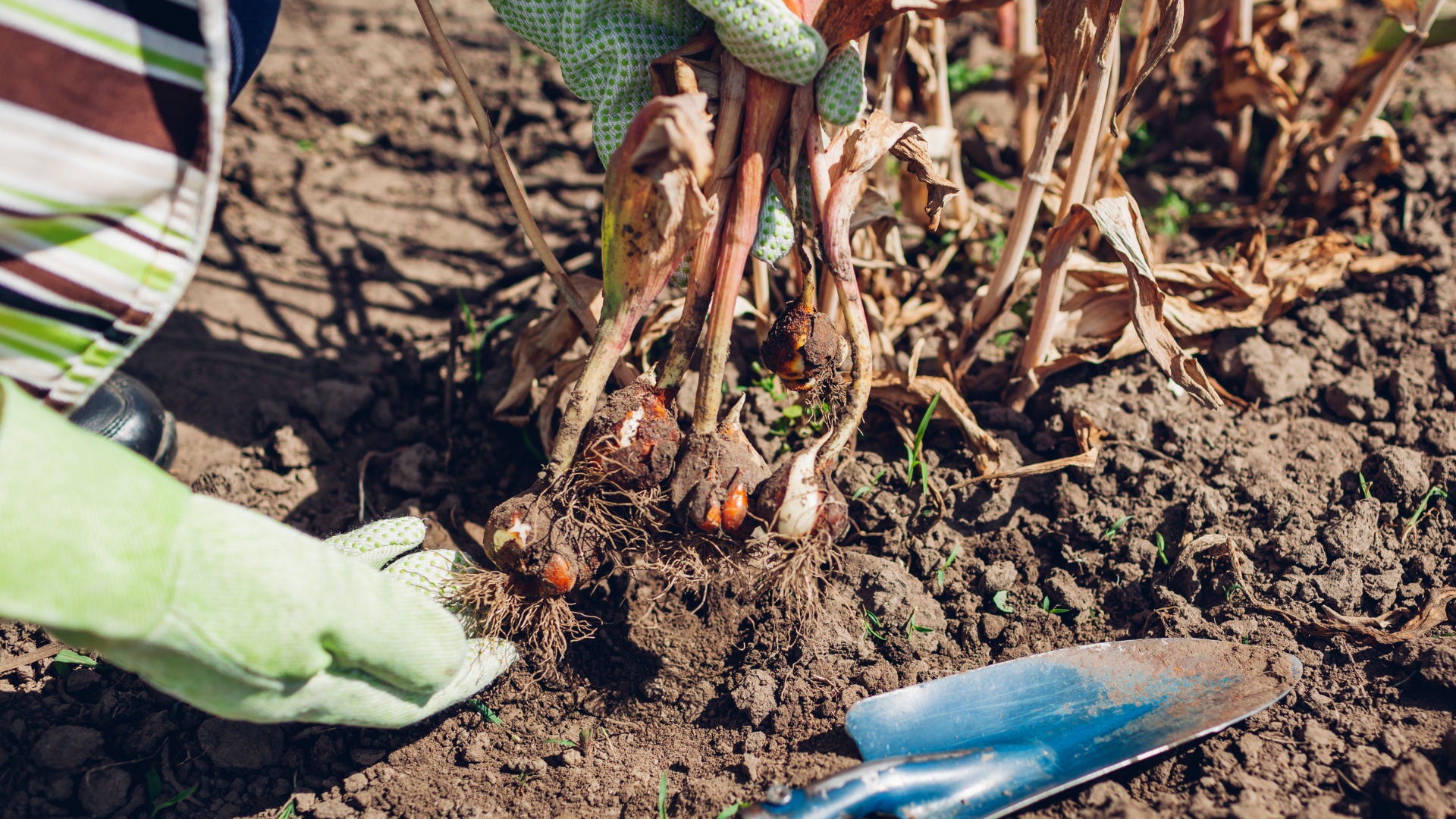At first glance, Crocosmia seems like the perfect addition to any garden. Stunning flowers? Check. Hummingbird appeal? Absolutely.
But not every garden is cut out for this fiery bloomer.
If you’re working with a small space, you may want to hit pause before planting—there’s more to this plant than meets the eye.
Why Hummingbirds Love Crocosmia
Hummingbirds don’t just like Crocosmia—they go wild for it. Its bold, fiery blooms are shaped like the perfect nectar dispensers, giving these tiny flyers easy access to their favorite treat.
The tubular flowers hold plenty of sweet nectar, and since Crocosmia blooms for weeks on end, it keeps hummingbirds coming back for more.
It’s like setting up a never-ending buffet in your backyard, with dazzling red, orange, and yellow flowers acting as flashing signs that scream, “Come and get it!”
Beyond its nectar-rich blooms, Crocosmia’s upright, arching stems create an open-air landing zone for hummingbirds.
Unlike some flowers that require hovering acrobatics to reach, Crocosmia lets them perch and sip with ease. Plus, it blooms right when hummingbirds need an energy boost—during the hottest months of summer when food can be scarce.
If you want to guarantee a front-row seat to their aerial show, this plant certainly does the trick.
But before you rush to plant it, there’s something important to consider.
But It Isn’t A Good Choice For Your Small Garden
As stunning as Crocosmia is, it has a habit of taking over. What starts as a few innocent bulbs quickly turns into a spreading mass of thick, sword-like foliage.
It doesn’t just grow—it multiplies like it’s on a mission. In a small garden, this means Crocosmia can squeeze out neighboring plants, hogging both space and nutrients while refusing to stay in its lane.
And once it settles in, good luck getting rid of it. Crocosmia grows from corms (similar to bulbs), and these underground storage units multiply fast.
Even if you pull up a clump, tiny corms left behind can sprout up again, making it a stubborn garden guest. While it’s an absolute dream for hummingbirds, small-space gardeners might find themselves fighting a never-ending battle to keep it in check.
Plant It This Way If You Want To Reap Benefits
If you’re set on growing Crocosmia but don’t want it taking over, strategic planting is key.
Instead of letting it loose in your garden bed, try growing it in containers or raised beds.
This gives you all the beauty and hummingbird appeal without the stress of an invasion. A deep, sturdy pot with well-draining soil will keep Crocosmia contained while still allowing it to thrive.
Give it a dedicated space where it won’t compete with smaller plants, and you’ll enjoy the hummingbird frenzy without the garden chaos.
Consider These Lovely Alternatives
Love the idea of attracting hummingbirds but don’t want to wrestle with an aggressive grower? There are plenty of other nectar-rich flowers that play nice in small gardens.
Bee balm (Monarda) offers the same vibrant red and tubular blooms, but it’s much easier to manage. Salvia is another hummingbird magnet, with a more compact habit and a long blooming season that keeps visitors happy.
For a vertical pop of color, penstemon delivers tubular flowers that hummingbirds adore, without the tendency to spread like wildfire.
Columbine is another great choice, offering elegant, nectar-rich blooms in early spring. These alternatives give you the hummingbird traffic you want—without the risk of an overgrown jungle.
How to Keep Crocosmia In Check If It’s Already In Your Garden
If Crocosmia is already making itself at home in your garden and spreading faster than you’d like, don’t panic—there are ways to keep it under control.
The best approach? Dig and divide. Every couple of years, lift the clumps, separate the corms, and replant only what you want to keep. This prevents overcrowding and stops the plant from taking over.
If digging isn’t an option, cut it back after flowering to keep it from reseeding. Removing spent flower stalks before they drop seeds can slow its expansion.
For extra control, consider planting a physical barrier around the corms, such as metal or plastic edging buried a few inches deep.
Well, hummingbirds love Crocosmia, but think if it’s really worth it in a small space. Plant wisely, and let beauty—not chaos—take center stage!

